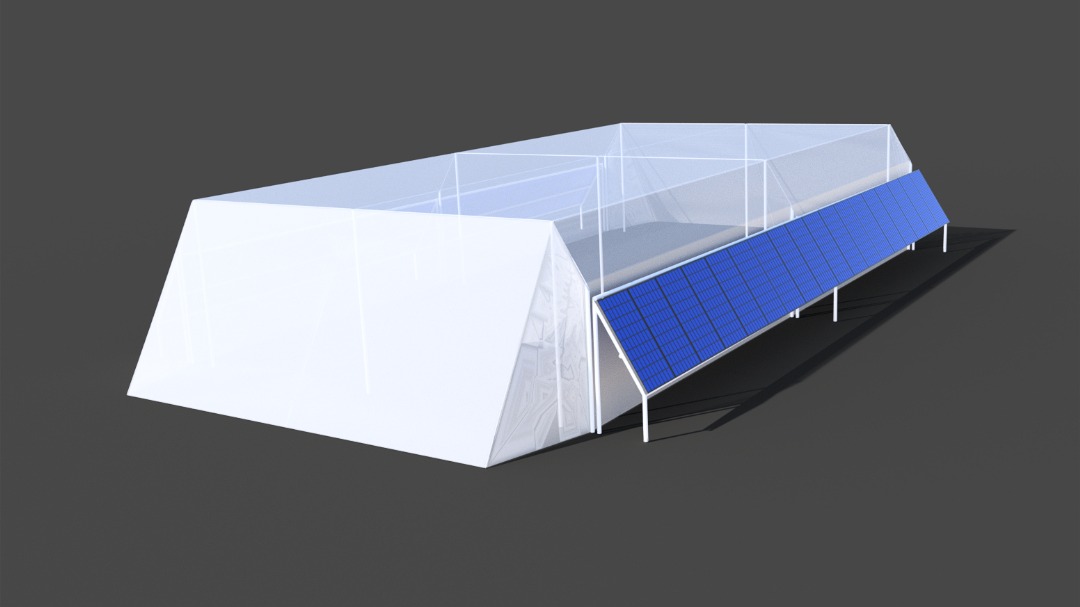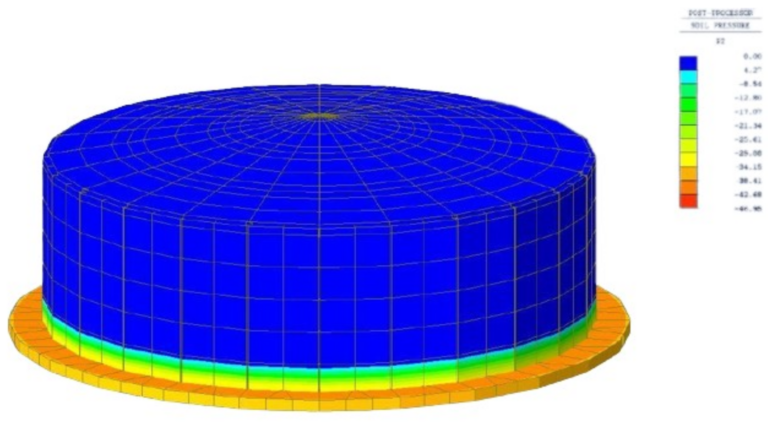Project Outcomes
The integration of solar panels with crop production can increase land-use efficiency while promoting renewable energy and food security. According to the IEA, global solar capacity must triple by 2030 to meet climate goals, while farmers face rising pressure to adapt to climate change. Developing innovative agrivoltaic systems and adapting traditional farming practices are essential to closing the food-energy gap while providing affordable and sustainable solutions for communities.
This project aimed to design and offer technical research support while integrating agrivoltaics to Kheyti’s greenhouses using a crop-first approach. Specifically, to identify optimal solar design options, suitable panel types, and affordable design concepts and configurations. The design concept considered four perspectives: agronomy or crop perspective; farmers or user perspective; technical perspective; and policy and business perspective.
From an agronomic standpoint, investigations were conducted to understand all requirements, which are crop light exposure, soil and water factors, suitable crop types, and the implications of shading from solar panels. A literature review of global agrivoltaic case studies helped identify best practices and avoid past pitfalls. On the business side, revenue model evaluations, land use issues, subsidy opportunities, and regulatory frameworks were considered to ensure the system could be practical and scalable.
The project resulted in a concept-level integrated agrivoltaic design package that maintained a crop-first approach, prioritizing crop productivity while incorporating solar integration for dual-use of land. Deliverables included site and feasibility assessments, a solar technology analysis with emphasis on affordable bifacial panels, structural layout concepts, and energy-crop balance analyses.
In addition, 3D models and draft specifications were developed to help visualize the greenhouse configuration with solar integration. Key lessons learned include the importance of prioritizing farmer usability and affordability alongside engineering performance, and the need to adapt global agrivoltaic practices to the specific constraints of Indian smallholder contexts.
The findings position Kheyti to refine its Greenhouse-in-a-Box with solar integration, strengthening its capacity to deliver climate-smart farming solutions at scale. The next phase is prototyping and field validation, where the design will be tested in practice to confirm its effectiveness for smallholder farmers.
Key technology/tools used: Autodesk Revit, AutoCAD, Robot Structural Analysis, Oasys GSA

Kheyti Greenhouse-in-a-Box model integrated with agrovoltaics (by Dorothy Akinyi & Oluwatobi Oyeshile)
